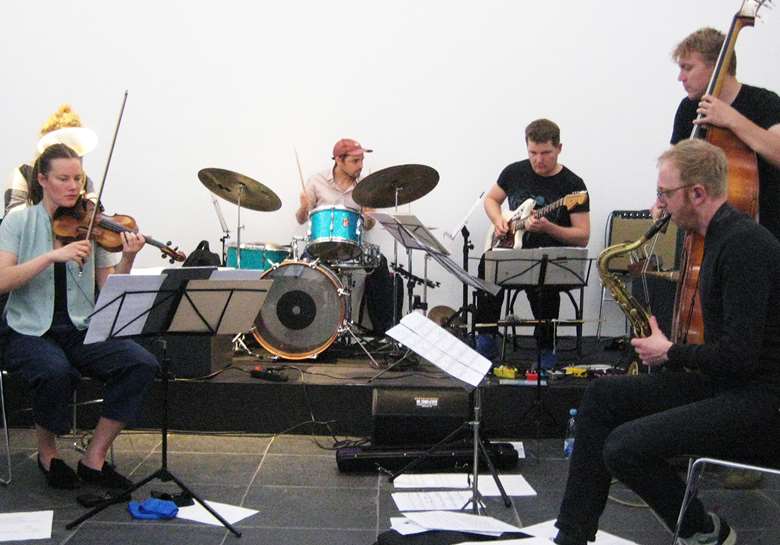Anthony Braxton’s 'Ghost Trance' explored by Kobe Van Cauwenberghe’s Septet
Martin Longley
Monday, June 27, 2022
Martin Longley hears how the revered composer’s work is interpreted by the intrepid seven-piece at the venue SMAK, in Gent, Belgium


Register now to continue reading

Thank you for visiting Jazzwise.co.uk. Sign up for a free account today to enjoy the following benefits:
- Free access to 3 subscriber-only articles per month
- Unlimited access to our news, live reviews and artist pages
- Free email newsletter